Back to Courses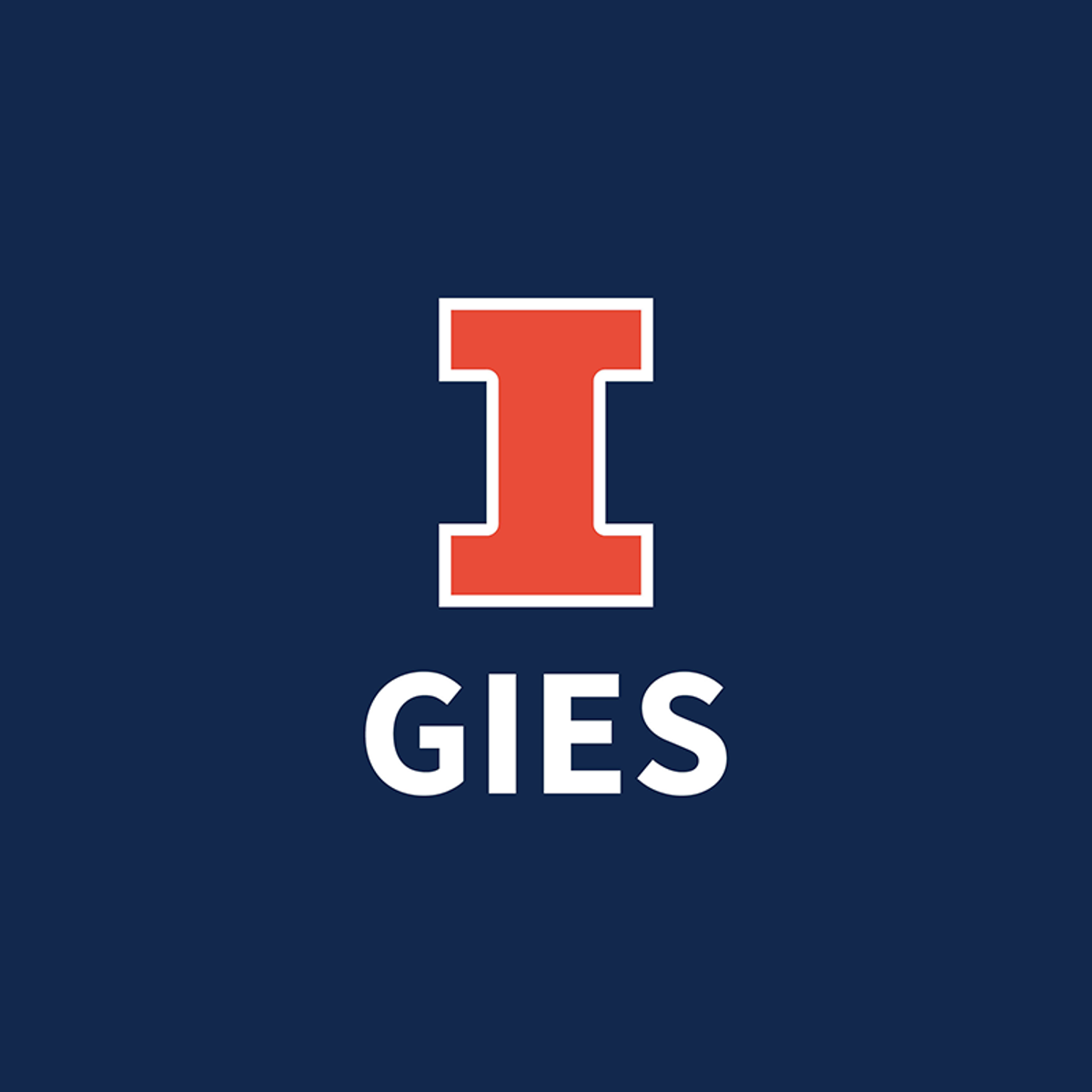

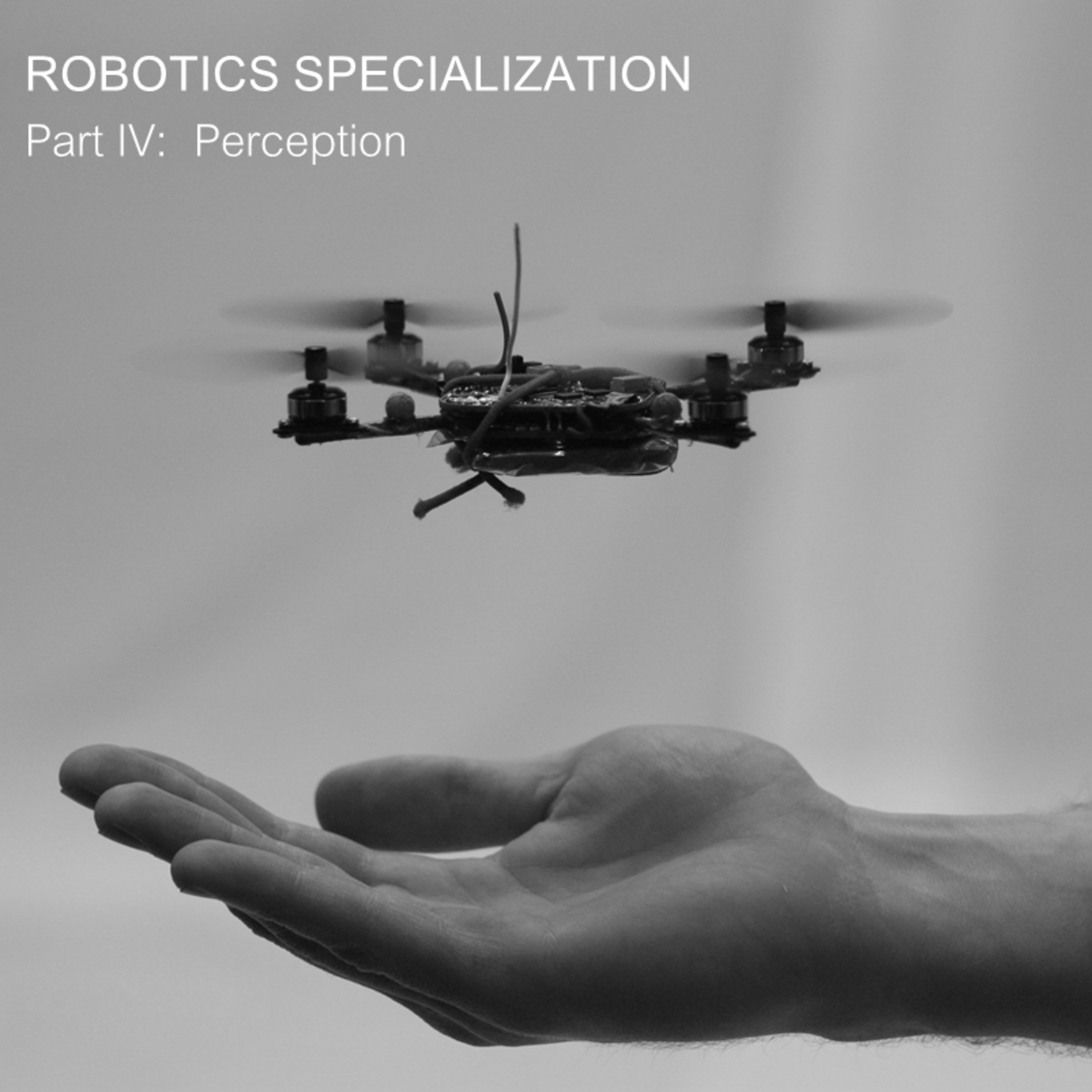

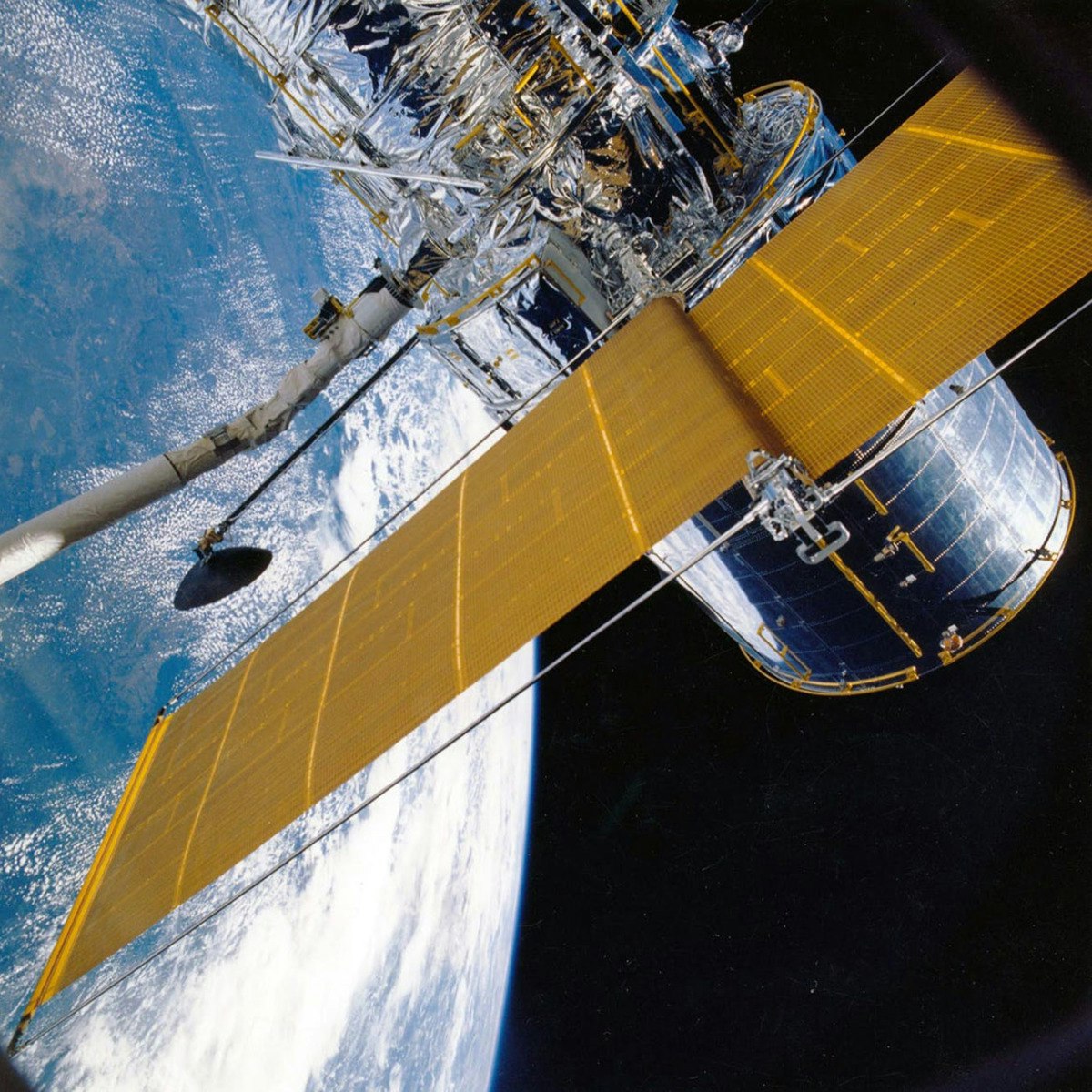
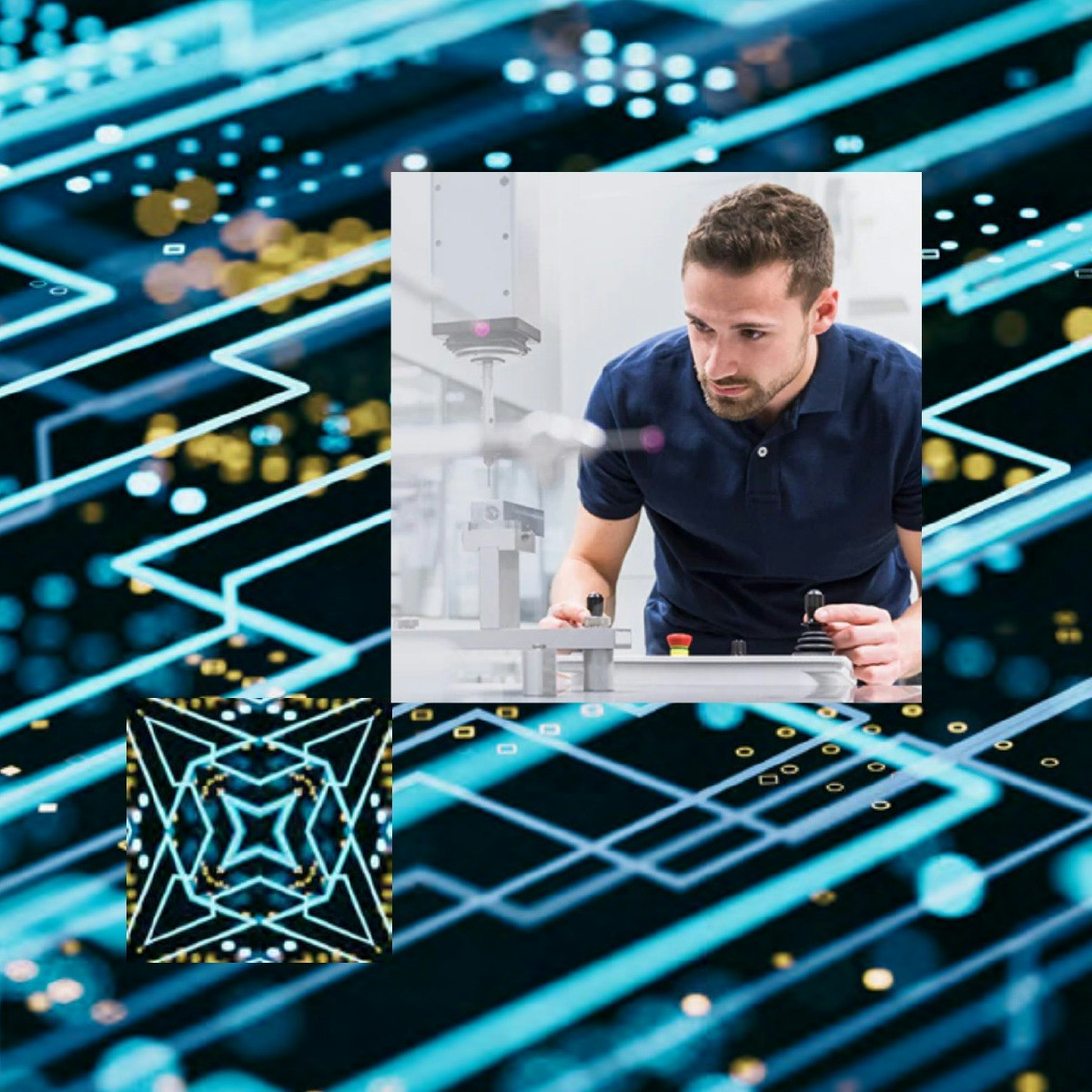

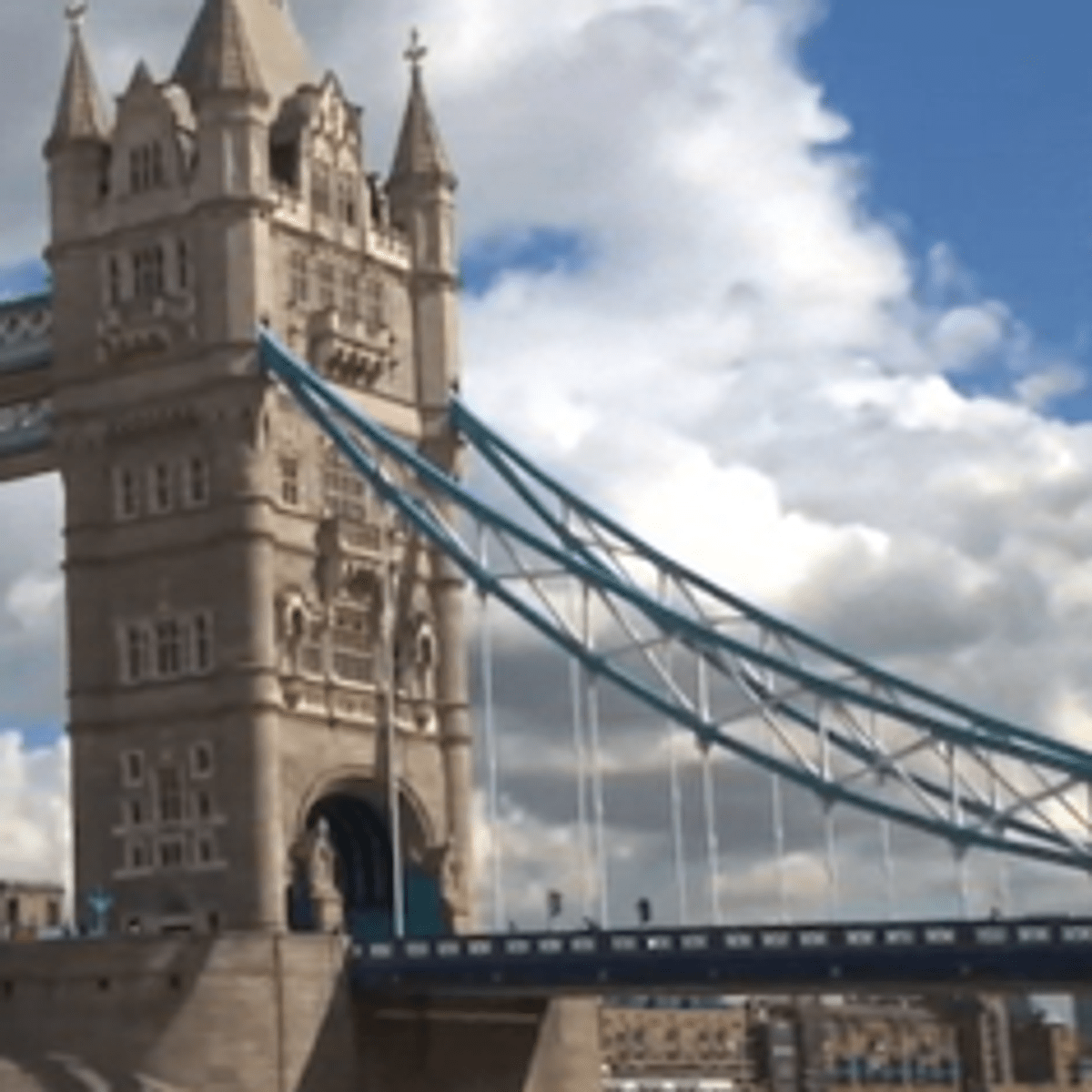


Mechanical Engineering Courses - Page 12
Showing results 111-120 of 148
3D Printing Applications
This course will help you understand how 3D printing is being applied across a number of domains, including design, manufacturing, and retailing. It will also demonstrate the special capabilities of 3D printing such as customization, self-assembly, and the ability to print complex objects. In addition to business applications, this course will also examine how individuals, including those in developing countries, are using this technology to create solutions to the problems they face. This course will also provide an overview of design thinking and how you can use this framework to develop ideas that can be turned into objects. Learners who complete this course will obtain a rich understanding of the capabilities of 3D printing and how to think about designing objects for this new technology.
3D Printing Software
This course will demonstrate how to use 3D printing software to create digital designs that can be turned into physical objects. It will also demonstrate how 3D scanners work to turn physical objects into digital designs. This course is hands-on in nature and will provide step-by-step instructions to guide you through two popular 3D modeling programs, Tinkercad and Fusion 360. Learners who complete this course will be able to use 3D software to design a wide variety of objects for both personal and professional use. In addition, learners who enroll in the course certificate will receive extended free access to Fusion 360 (provided by Autodesk).
Please copy/paste the following links to your browser's search bar to view the requirements for each of the following software elements used in this course:
Sketchbook: https://support.sketchbook.com/hc/en-us/articles/209671938-SketchBook-Desktop-System-Requirements
Tinkercad: https://support.tinkercad.com/hc/en-us/articles/205849108-What-are-Tinkercad-s-Browser-and-Platform-requirements-
Autodesk Fusion 360: https://knowledge.autodesk.com/support/fusion-360/troubleshooting/caas/sfdcarticles/sfdcarticles/System-requirements-for-Autodesk-Fusion-360.html
Sketchfab: https://help.sketchfab.com/hc/en-us/articles/203059088-Compatibility
123D Catch: Same as Tinkercad

Robotics: Perception
How can robots perceive the world and their own movements so that they accomplish navigation and manipulation tasks? In this module, we will study how images and videos acquired by cameras mounted on robots are transformed into representations like features and optical flow. Such 2D representations allow us then to extract 3D information about where the camera is and in which direction the robot moves. You will come to understand how grasping objects is facilitated by the computation of 3D posing of objects and navigation can be accomplished by visual odometry and landmark-based localization.

Engineering Systems in Motion: Dynamics of Particles and Bodies in 2D Motion
This course is an introduction to the study of bodies in motion as applied to engineering systems and structures. We will study the dynamics of particle motion and bodies in rigid planar (2D) motion. This will consist of both the kinematics and kinetics of motion. Kinematics deals with the geometrical aspects of motion describing position, velocity, and acceleration, all as a function of time. Kinetics is the study of forces acting on these bodies and how it affects their motion.
---------------------------
Recommended Background:
To be successful in the course you will need to have mastered basic engineering mechanics concepts and to have successfully completed my courses en titled an “Introduction to Engineering Mechanics” and “Applications in Engineering Mechanics.” We will apply many of the engineering fundamentals learned in those classes and you will need those skills before attempting this course.
---------------------------
Suggested Readings:
While no specific textbook is required, this course is designed to be compatible with any standard engineering dynamics textbook. You will find a book like this useful as a reference and for completing additional practice problems to enhance your learning of the material.
---------------------------
The copyright of all content and materials in this course are owned by either the Georgia Tech Research Corporation or Dr. Wayne Whiteman. By participating in the course or using the content or materials, whether in whole or in part, you agree that you may download and use any content and/or material in this course for your own personal, non-commercial use only in a manner consistent with a student of any academic course. Any other use of the content and materials, including use by other academic universities or entities, is prohibited without express written permission of the Georgia Tech Research Corporation. Interested parties may contact Dr. Wayne Whiteman directly for information regarding the procedure to obtain a non-exclusive license.

Fundamentals of Macroscopic and Microscopic Thermodynamics
Course 1 first explores the basics of both macroscopic and microscopic thermodynamics from a postulatory point of view. In this view, the meaning of temperature, thermodynamic pressure and chemical potential are especially clear and easy to understand. In addition , the development of the Fundamental Relation and its various transformations leads to a clear path to property relations and to the concept of ensembles needed to understand the relationship between atomic and molecular structural properties and macroscopic properties. We then explore the relationship between atomic and molecular structure and macroscopic properties by taking a statistical point of view. Using a postulatory approach, the method for doing this is made clear. This leads to the development of the partition function which describes the distribution of molecular quantum states as a function of the independent, macroscopic thermodynamic properties.

Building Autonomous AI
Practice makes perfect. It’s true for people learning to master a new skill, and it’s also true for your AI brain. Just as you need the right environment to practice, get feedback and try again, so does your AI brain.
In this course, you’ll solve industrial engineering problems inspired by real problems your instructors have worked on in industry. You’ll learn how to build, test and deploy an AI brain using Microsoft Bonsai, a cloud-based, low-code platform. We’ll walk through the entire Bonsai platform from setup to deployment. Along the way, you’ll use Bonsai to conduct machine teaching experimentation to train a brain and assess its progress. Because you’ll be teaching the brain a relatively complex task, you’ll run multiple simulations until you’re satisfied with the results. You’ll then prep the brain for graduation into the real world — deploying it into a machinery control system or other live environment.
At the end of this course, you’ll be able to:
• Build an autonomous AI that combines reinforcement learning with machine learning, expert rules and other methods that you’ve used in the first two courses of the specialization
• Establish requirements for a simulated environment for your brain to practice a task
• Validate and assess your brain’s performance of a task and make improvements to your brain design
• Evaluate whether a simulator is a good practice environment
• Deploy a brain on a real piece of hardware
This course requires an Azure subscription.
This course is part of a specialization called Autonomous AI for Industry, which will launch in early 2023.

Magnetics for Power Electronic Converters
This course can also be taken for academic credit as ECEA 5703, part of CU Boulder’s Master of Science in Electrical Engineering degree.
This course covers the analysis and design of magnetic components, including inductors and transformers, used in power electronic converters. The course starts with an introduction to physical principles behind inductors and transformers, including the concepts of inductance, core material saturation, airgap and energy storage in inductors, reluctance and magnetic circuit modeling, transformer equivalent circuits, magnetizing and leakage inductance. Multi-winding transformer models are also developed, including inductance matrix representation, for series and parallel structures. Modeling of losses in magnetic components covers core and winding losses, including skin and proximity effects. Finally, a complete procedure is developed for design optimization of inductors in switched-mode power converters.
After completing this course, you will:
- Understand the fundamentals of magnetic components, including inductors and transformers
- Be able to analyze and model losses in magnetic components, and understand design trade-offs
- Know how to design and optimize inductors and transformers for switched-mode power converters
This course assumes prior completion of courses 1 and 2: Introduction to Power Electronics, and Converter Circuits.

Engineering of Structures: Tension
This course deals with tension. Tension is one of the easiest forces to understand. It is a pulling force. When we tend to pull an object, it is in tension. Different elements that resist tension in buildings are ropes, cables, and funicular forms. You will study different structures and identify what role tension plays in their designs. The first module explores tension and its importance in building structures.
The second module explores funicular forms, angles, and bridges. You will understand the role of funicular forms in sustaining tension, how to best design elements and systems that resist tensile forces. You will also recognize the similarities and differences between suspension bridges and cable-stayed bridges. The third module explores how to build a cable-stayed bridge. You'll also study the structures of different bridges and share a report on them.

Robotics: Computational Motion Planning
Robotic systems typically include three components: a mechanism which is capable of exerting forces and torques on the environment, a perception system for sensing the world and a decision and control system which modulates the robot's behavior to achieve the desired ends. In this course we will consider the problem of how a robot decides what to do to achieve its goals. This problem is often referred to as Motion Planning and it has been formulated in various ways to model different situations. You will learn some of the most common approaches to addressing this problem including graph-based methods, randomized planners and artificial potential fields. Throughout the course, we will discuss the aspects of the problem that make planning challenging.

Dense Gases, Liquids and Solids
Course 4 of Statistical Thermodynamics addresses dense gases, liquids, and solids. As the density of a gas is increased, intermolecular forces begin to affect behavior. For small departures from ideal gas behavior, known as the dense gas limit, one can estimate the change in properties using the concept of a configuration integral, a modification to the partition function. This leads to the development of equations of state that are expansions in density from the ideal gas limit. Inter molecular potential energy functions are introduced and it is explored how they impact P-V-T behavior. As the density is increased, there is a transition to the liquid state. We explore whether this transition is smooth or abrupt by examining the stability of a thermodynamic system to small perturbations. We then present a brief discussion regarding the determination of the thermodynamic properties of liquids using concept of the radial distribution function (RDF), and how the function relates to thermodynamic properties. Finally, we explore two simple models of crystalline solids.
Popular Internships and Jobs by Categories
Find Jobs & Internships
Browse
© 2024 BoostGrad | All rights reserved